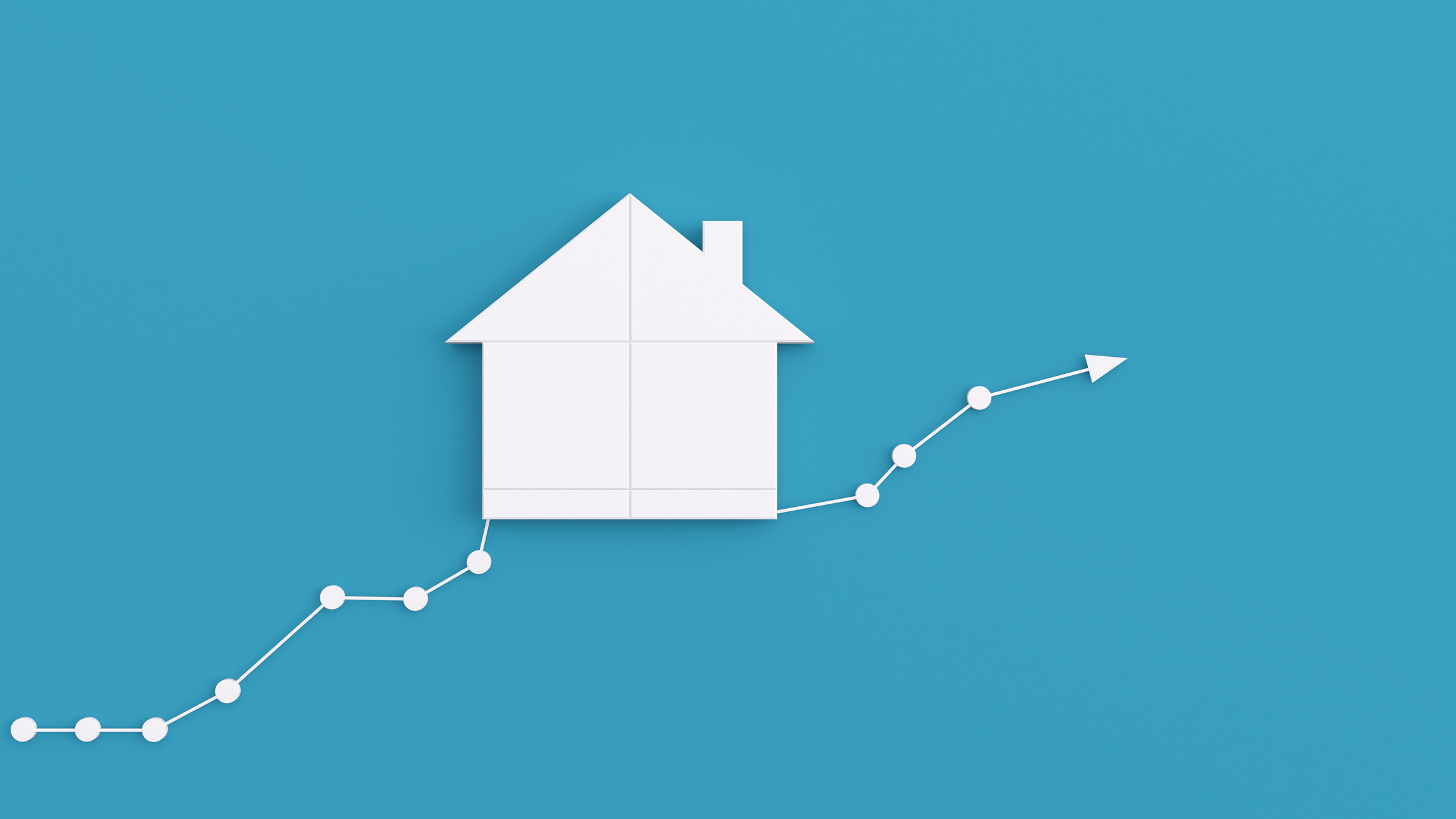Kiplinger Housing Outlook: House-Price Growth Continues to Gain Pace
Home sales perked up in February, but it isn’t the start of a real recovery.

Kiplinger’s Economic Outlooks are written by the staff of our weekly Kiplinger Letter and are unavailable elsewhere. Click here for a free issue of The Kiplinger Letter or to subscribe for the latest trends and forecasts from our highly experienced Kiplinger Letter team.
Home-price growth has started to accelerate in 2025. The S&P CoreLogic Case-Shiller U.S. National Home Price Index, which tracks the prices of existing homes across the nation, rose 4.1% in January from a year earlier, slightly faster than the 4% annual gain in the previous month. On a month-over-month, seasonally adjusted basis, home prices rose 0.6%. While low home affordability continues to weigh on demand, the limited supply of homes for sale is supporting continued price growth. New York reported the strongest price appreciation over the previous year, followed by Chicago and Boston. Homes prices in Tampa fell 1.5% over the year — the weakest return in the 20 cities covered by the index. Borrowing costs are likely to stay elevated at over 6% over the next few months, which means that buyers and sellers alike will continue to deal with challenging conditions in the housing market.
Housing starts rebounded in February, but concerns among builders about tariffs are rising. Total housing starts rose 11.2%, to 1.50 million annualized units in February. Single-family starts rose 11.4%, while multifamily starts, which are very volatile from month to month, increased 10.7% during the month. Single-family permits fell 0.2%, while multifamily permits dipped 3.1%, signaling that the pace of construction will slow down in coming months. As mortgage rates remain elevated, builders have stepped up their use of mortgage rate buydowns and other incentives to soften the impact of higher rates on their customers. That said, builders are also becoming more cautious on account of rising uncertainty, due to the impact of tariffs on building supplies.

Sign up for Kiplinger’s Free E-Newsletters
Profit and prosper with the best of expert advice on investing, taxes, retirement, personal finance and more - straight to your e-mail.
Profit and prosper with the best of expert advice - straight to your e-mail.
New-home sales rebounded in February, rising 1.8% to a seasonally adjusted annual rate of 676,000 units. The new-home market continues to benefit from the tight supply of existing homes for sale and from builder-financed incentives that help make new homes more affordable for buyers. While the new-home market has been less sensitive to changes in mortgage rates, thanks to the builder incentives, if mortgage rates stay above 6%, that will likely discourage some home buyers in the months ahead. The inventory of new homes for sale has risen 8.6% over the past 12 months. At the current sales pace, that inventory would last 8.9 months.
The recent gain in existing-home sales isn’t likely a sign of strength to come. These sales rose 4.2% in February, to 4.26 million annualized units. Despite the uptick, that is still a relatively slow pace. Buyers continue to contend with elevated financing costs, high home prices and limited inventory. Mortgage applications, which lead sales by a month or two, fell sharply in February, despite mortgage rates falling below 7% in recent weeks. The total inventory of existing homes on the market rose 17% from a year ago. This translates to 3.5 months of supply at the current sales pace, unchanged from January.
Related content
Get Kiplinger Today newsletter — free
Profit and prosper with the best of Kiplinger's advice on investing, taxes, retirement, personal finance and much more. Delivered daily. Enter your email in the box and click Sign Me Up.

Rodrigo Sermeño covers the financial services, housing, small business, and cryptocurrency industries for The Kiplinger Letter. Before joining Kiplinger in 2014, he worked for several think tanks and non-profit organizations in Washington, D.C., including the New America Foundation, the Streit Council, and the Arca Foundation. Rodrigo graduated from George Mason University with a bachelor's degree in international affairs. He also holds a master's in public policy from George Mason University's Schar School of Policy and Government.
-
 Fired Up By the Masters and RBC Heritage? See These Homes for Sale By Golf Courses
Fired Up By the Masters and RBC Heritage? See These Homes for Sale By Golf CoursesFive homes for sale near golf courses, for people who can't get enough of the tour.
By Alexandra Svokos
-
 The Economic Impact of the US-China Trade War
The Economic Impact of the US-China Trade WarThe Letter The US-China trade war will impact US consumers and business. The decoupling process could be messy.
By David Payne
-
 What To Know if You’re in the Market for a New Car This Year
What To Know if You’re in the Market for a New Car This YearThe Kiplinger Letter Buying a new car will get a little easier, but don’t expect many deals.
By David Payne
-
 10 Predictions for 2025 from The Kiplinger Letter
10 Predictions for 2025 from The Kiplinger LetterThe Kiplinger Letter As 2025 arrives, here are our top 10 forecasts for the new year.
By Letter Editors
-
 Will Lower Mortgage Rates Bring Relief to the Housing Market?
Will Lower Mortgage Rates Bring Relief to the Housing Market?The Kiplinger Letter As mortgage rates slowly come down here's what to expect in the housing market over the next year or so.
By Rodrigo Sermeño
-
 Car Prices Are Finally Coming Down
Car Prices Are Finally Coming DownThe Kiplinger Letter For the first time in years, it may be possible to snag a good deal on a new car.
By David Payne
-
 New Graduates Navigate a Challenging Labor Market
New Graduates Navigate a Challenging Labor MarketThe Kiplinger Letter Things are getting tough for new graduates. Job offers are drying up and the jobless rate is increasing. Are internships the answer?
By David Payne
-
 When's the Best Time to Buy a Domestic Flight? The Kiplinger Letter
When's the Best Time to Buy a Domestic Flight? The Kiplinger LetterThe Kiplinger Letter A new study by CheapAir.com has crunched the numbers.
By Sean Lengell
-
 Woes Continue for Banking Sector: The Kiplinger Letter
Woes Continue for Banking Sector: The Kiplinger LetterThe Kiplinger Letter Regional bank stocks were hammered recently after news of New York Community Bank’s big fourth-quarter loss.
By Rodrigo Sermeño
-
 Anxious Flyers Take Note: The Kiplinger Letter
Anxious Flyers Take Note: The Kiplinger LetterThe Kiplinger Letter Whether it's the routes to avoid that have the most turbulence or the safest airline, we've got you covered.
By Sean Lengell